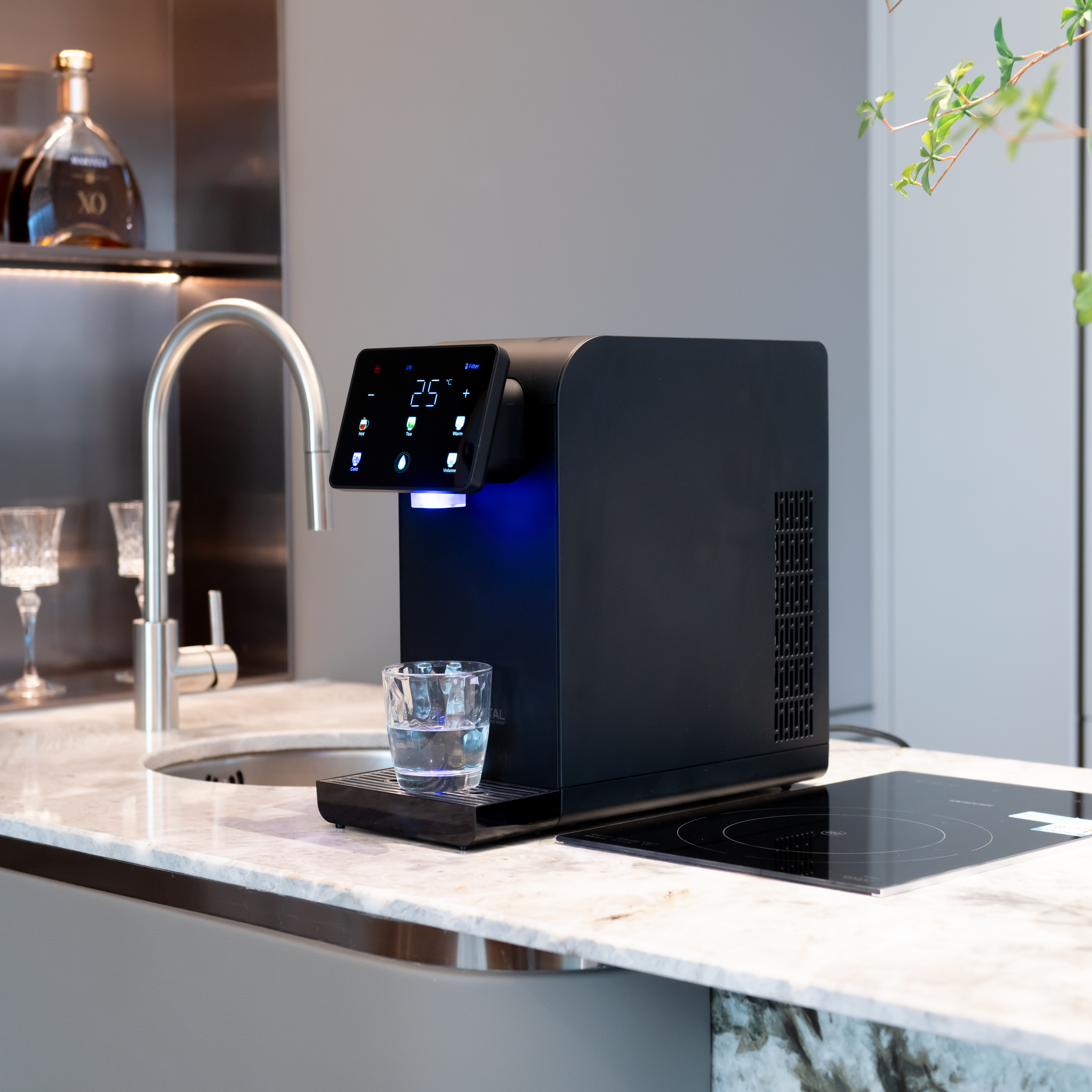 Introduction
Introduction
In today’s fast-paced world, consumers no longer view water dispensers as mere utilities—they expect them to align with personalized lifestyles, health goals, and environmental values. From gyms to smart kitchens, the water dispenser market is undergoing a quiet revolution, driven by customization, connectivity, and a deeper understanding of user needs. This blog explores how the industry is pivoting to meet these demands and what it means for the future of hydration.
Personalization: The New Frontier
The one-size-fits-all approach is fading. Modern dispensers now offer features tailored to individual preferences:
Temperature Customization: From ice-cold water for post-workout recovery to warm water for tea lovers, multi-temperature settings are becoming standard.
Mineral and pH Adjustment: Alkaline water dispensers (popular in Asia) and mineral-infusion options cater to wellness trends.
User Profiles: Smart dispensers in offices or homes allow personalized settings via apps, recognizing users and adjusting outputs accordingly.
Brands like Waterlogic and Clover are leading this shift, blending technology with wellness-focused design.
The Fitness and Wellness Boom
Gyms, yoga studios, and health-centric spaces are driving demand for specialized dispensers:
Electrolyte-Infused Water: Dispensers that add electrolytes post-filtration target fitness enthusiasts.
Hydration Tracking Integration: Sync with wearables (e.g., Fitbit, Apple Watch) to monitor hydration levels and suggest intake goals.
Anti-Microbial Design: High-traffic fitness centers prioritize dispensers with UV sterilization and touchless operation.
This niche segment is growing at 12% annually (Mordor Intelligence), reflecting broader health trends.
The Home Kitchen Revolution
Residential buyers now seek dispensers that complement smart kitchens:
Under-Sink and Countertop Fusion: Sleek, space-saving designs with direct plumbing connections eliminate bulky bottles.
Voice and App Control: Adjust settings via Alexa or Google Home while meal prepping.
Child-Safe Modes: Lock hot-water functions to prevent accidents, a key selling point for families.
In 2023, 65% of U.S. households cited “integration with smart home systems” as a priority when purchasing dispensers (Statista).
Sustainability Gets Smarter
Eco-innovation is moving beyond bottleless designs:
Self-Cleaning Systems: Reduce water and energy waste with automated maintenance cycles.
Biodegradable Filters: Companies like TAPP Water offer compostable cartridges, addressing filter disposal concerns.
Water-Saving Modes: Office dispensers with “eco-mode” cut usage during off-peak hours, saving up to 30% in water waste (UNEP).
Challenges in a Fragmented Market
Despite growth, the industry faces hurdles:
Overwhelming Choices: Consumers struggle to differentiate between gimmicks and genuine innovations.
Supply Chain Delays: Semiconductor shortages (critical for smart dispensers) disrupt production.
Cultural Preferences: Markets like Japan prefer compact units, while Middle Eastern countries prioritize high-capacity models for large families.
Emerging Markets: The Untapped Potential
Africa: Solar-powered dispensers are bridging the gap in regions with unreliable electricity. Kenya’s Majik Water harvests drinking water from air humidity.
South America: Brazil’s Europa brand dominates with affordable, modular dispensers for favelas and urban centers.
Eastern Europe: Post-pandemic recovery funds are fueling upgrades in public infrastructure, including schools and hospitals.
The Role of AI and Big Data
Artificial intelligence is reshaping the industry behind the scenes:
Predictive Maintenance: AI analyzes usage patterns to preemptively service dispensers, reducing downtime.
Consumer Insights: Brands use data from smart dispensers to identify regional trends (e.g., demand for sparkling water in Europe).
Water Quality Monitoring: Real-time sensors detect contaminants and alert users, critical in areas with unstable water supplies.
Looking to 2025 and Beyond
Gen Z Influence: Younger consumers will push brands to adopt transparent sustainability practices and social media-friendly designs.
Water Dispenser as a Service (WDaaS): Subscription models covering installation, maintenance, and upgrades will dominate corporate contracts.
Climate Resilience: Drought-prone regions will adopt dispensers with rainwater harvesting and greywater recycling capabilities.
Conclusion
The water dispenser market is no longer about quenching thirst—it’s about delivering personalized, sustainable, and intelligent hydration solutions. As technology and consumer expectations evolve, the industry must stay agile, balancing innovation with inclusivity. Whether through AI-driven insights, eco-conscious designs, or wellness-focused features, the next generation of water dispensers will play a pivotal role in shaping how we think about water—one glass at a time.
Drink smart, live better.
Post time: Apr-30-2025

